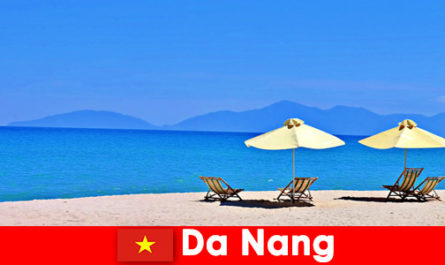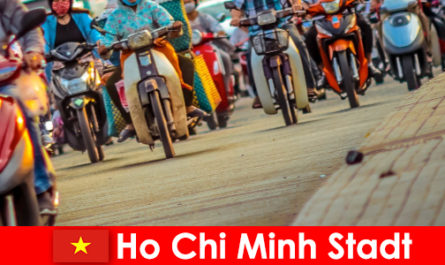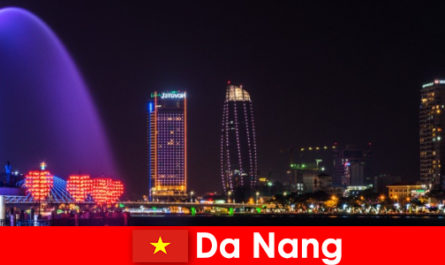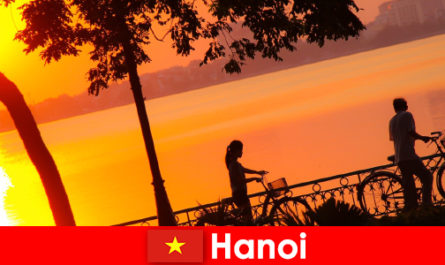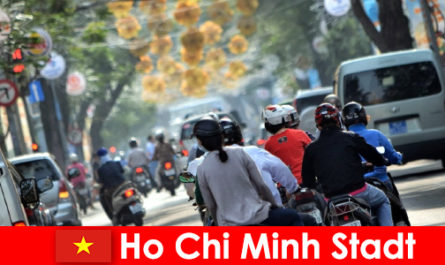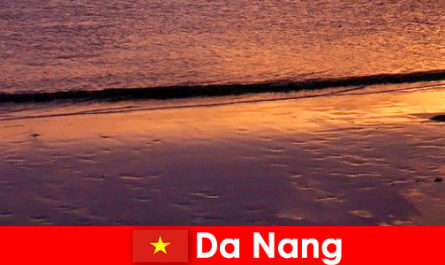Vietnam is worth a trip. Especially if you take a closer look around the capital of this Asian country. Because Ho Chi Minh City has a lot to offer if you come to this city as a foreigner. That said, a visit to this city is a true cultural experience.

History and culture about the city
The city owes its variety in terms of culture primarily to its checkered history. The region in which the city is located alone is worth a trip and an experience in itself. Because the city is located north of the Mekong Delta, more precisely on the west bank of the Saigon River. From here it is just 40 kilometers to the South China Sea. The city, which was once called Saigon, has become famous mainly through the Vietnam War. Here, if you like, the last decisive battle took place between the North Vietnamese partisans and the US Army, which ended with the defeat of the USA in the Vietnam War.
Tunnels of Cu Chi. A structure that contributed significantly to the victory of the North Vietnamese partisans against the US forces and made the Vietnam War a “war of shame” for the Americans were the Cu Chi tunnels. Foreigners are allowed to visit these tunnels today – as a normal cultural experience in Vietnam. Cu Chi is a district in the administrative region of Ho Chi Minh City. The Cu Chi tunnels were dug by the Vietnamese partisans during the Vietnam War from 1965 to 1975. The partisans were hiding there. However, the first tunnel of this type was built in 1948. In the end, the tunnel system had a length of 200 kilometers on three levels. There, underground, there weren’t just places to sleep and hospitals. Real cities with schools and offices were built there. Hinged doors covered with leaves and grass opened the way in and out of the tunnels. These entrances were secured against unwanted intruders by primitive but very effective traps.
Modern and traditional
The face of Ho Chi Minh City has changed a lot since the Vietnam War. In addition to traditional buildings that were rebuilt after the war, there are also many modern buildings that characterize the face of the modern capital of Vietnam today. For example, the main post office, built between 1886 and 1891, is still there, but now has modern counters and other facilities, but is still in use. The city also has a number of other colonial buildings, such as the former town hall, built in 1906. Today, the People’s Committee meets here behind Corinthian columns and classic shutters.
Environment that tells a lot of history
In the park in front of this building there is a statue of Ho Chí Minh with a small child on his lap. The Hotel Caravelle, built in 1958 and now renovated, is certainly worth seeing and part of the history of the city for foreigners. Western journalists and war correspondents stayed here during the Vietnam War. The reunification hall has also become part of history. The interior design takes the visitor back to the 1960s and 1970s. A cultural experience for foreigners in the country is certainly a visit to one of the city’s theaters and museums.
 Dansk
Dansk Deutsch
Deutsch Español
Español Français
Français Indonesia
Indonesia Italiano
Italiano Magyar
Magyar Melayu
Melayu Nederlands
Nederlands Polski
Polski Português
Português Русский
Русский Română
Română Tiếng Việt
Tiếng Việt Türkçe
Türkçe Українська
Українська български
български Ελληνικα
Ελληνικα 한국어
한국어 हिन्दी
हिन्दी 日本語
日本語 简体中文
简体中文